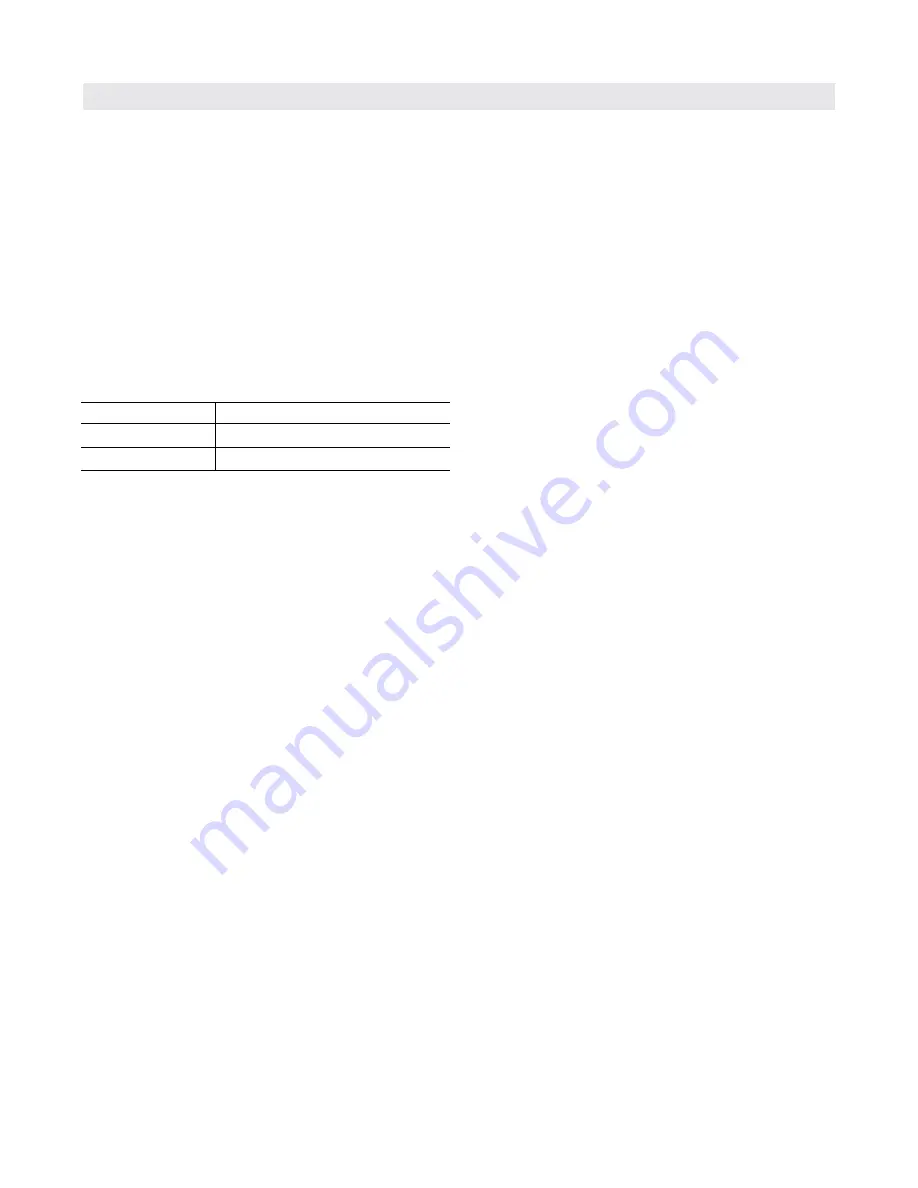
15
5773 596 v1.0
Vitocrossal 200, CM2-400, -500 and -620 Technical Data
Specifications
System Design Considerations
(continued)
Airborne noise attenuation
Frequently, modern boilers are equipped with silencer hoods
or sound insulated ventilation air inlet housings.
For larger systems, it may be necessary to route the
ventilation air through a sound-insulated channel, in order
to avoid a noise nuisance outside the building.
Flue gas silencers are generally only required where higher
noise protection measures are called for. Whether or not
a flue gas silencer is required can be predicted only with
some difficulties, because of the complexity of the creation
and propagation of flame noise, the interaction between
the burner, boiler and the flue gas system as well as the
operating mode (flue gas system operating with positive
or negative pressure).
It is advisable, therefore, to assess the noise emission into
the neighborhood and to consider the sound pressure level
measured at the flue gas system outlet. It should be
considered at the planning stage whether silencers might
become necessary later.
In planning for its possible use, it is important that
sufficient space for the flue gas silencer is available behind
the boiler. Good engineering practice mandates that the
exhaust pressure drop of the silencer be included in the
vent size calculation.
Anti-vibration measures
Anti-vibration supports can be field supplied as an
economical and effective solution to combat noise
generated.
When sizing such supports, take the entire operating
weight of the boiler system and, when using longitudinal
anti-vibration brackets, the condition of the supporting
surface into consideration.
Effective anti-vibration measures are particularly important
when installing boilers into an attic. Flexible couplings
may be used to physically separate the combustion
equipment from the building.
These should be installed into the boiler flow, return and
safety pipe and as near as possible to the boiler.
Also insulate any braces or hanging arrangements, if
installed, against sound/vibration transmission to the
building.
Water quality
Treatment for boiler feed water should be considered
in areas with known problems, such as where a high
mineral content and hardness exist. In areas where
freezing might occur, it recommended that an antifreeze
be added to the system water for protection against
freezing. Please adhere to the specifications given by the
antifreeze manufacturer. Do not use automotive silicate-
based antifreeze. Please observe that an antifreeze/water
mixture may require a back flow preventer within the
automatic water feed and influence components such
as diaphragm expansion tanks, radiation, etc. A 40%
antifreeze content will provide freeze-up
protection to -10° F (-23° C). Do not exceed 50%
antifreeze mix ratio and do not use antifreeze other than
specifically made for hot water heating systems.
Oxygen diffusion barrier under floor tubing
The boiler warranty does not cover pressure vessel failure
resulting from corrosion caused by the use of underfloor
plastic tubing without an oxygen diffusion barrier. Such
systems without oxygen diffusion barrier must have the
tubing separated from the boiler with a heat exchanger.
Viessmann always recommends the use of underfloor
plastic tubing with an oxygen diffusion barrier.
Boiler/burner start-up
Vitocrossal 200, CM2 boilers with Viessmann cylinder
burners does not require start-up by Viessmann.
Sound attenuation
Please consult a professional engineer who is specialized
in noise attenuation for advice.
The burner/boiler systems, circulation pumps and other
auxiliary equipment used in heating systems generate
noise.
This noise is transferred from the boiler room via
floorboards, ceiling and walls to neighboring rooms and
via the flue gas system as well as the ventilation air and
exhaust air apertures into other rooms and into the open,
where they may cause a nuisance.
To avoid this from happening, additional protective
measures may be required which should be considered
at the design stage.
Subsequent measures to reduce noise nuisance frequently
require extensive effort and expenditure.
Total output (MBH)
Total Hardness (ppm as ca CO
3
)
> 1 Total
[
680
[
200
> 680 to
[
2050
[
150
The pH value of the heating water should be between 8.2
and 9.5


































